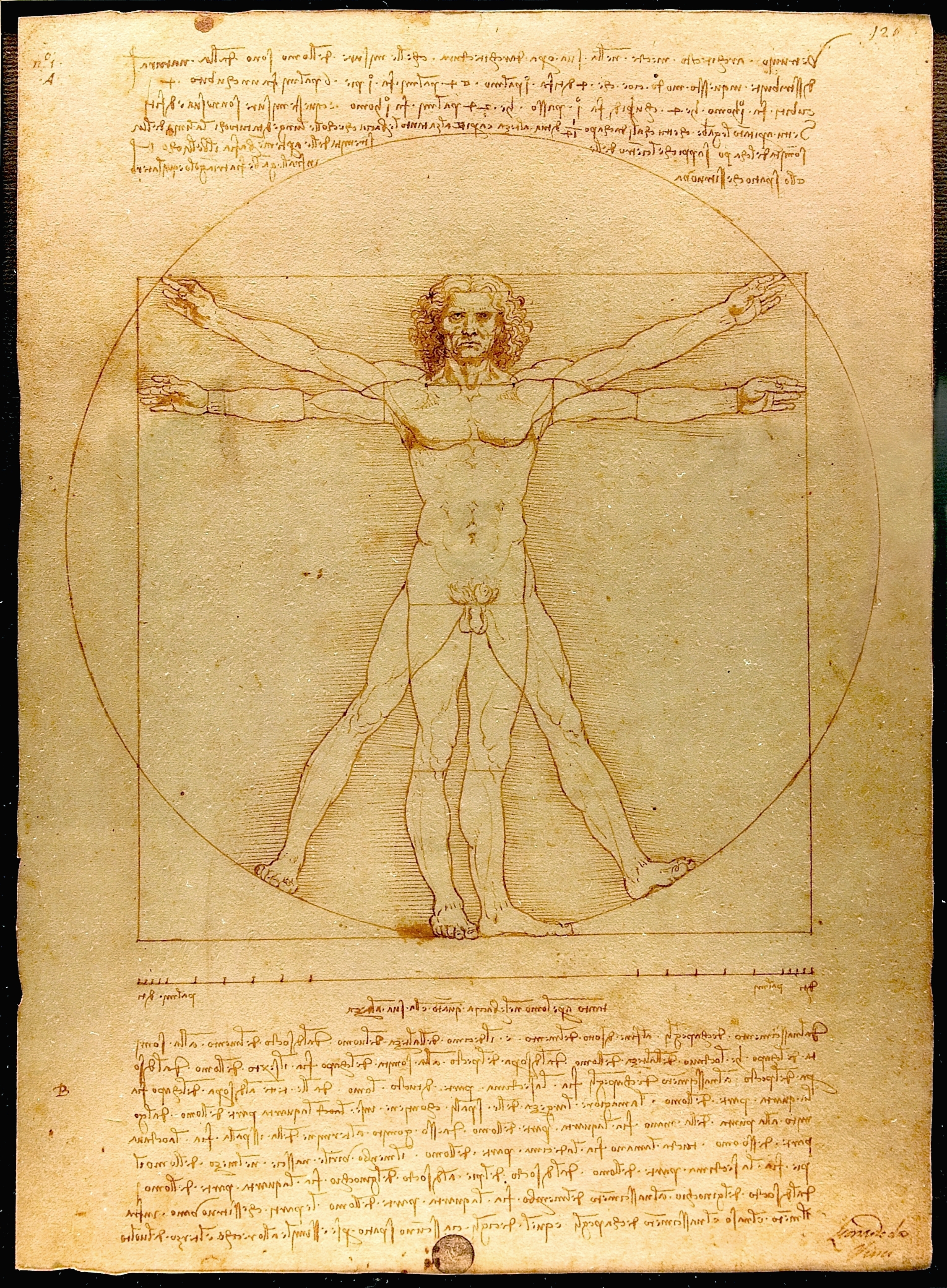By Lidija Bosnjak
Galileo did it. So did Da Vinci. Darwin too. It’s science, right? Nope. It’s art. More specifically, art as a tool to communicate science. For centuries, scientists have used diagrams and illustrations to explain their inventions or the intricacy of natural objects.
Art vs Science: Da Vinci’s famous Vitruvian Man. Image: Wikimedia Commons.
Today, scientists wanting to communicate about their work can harness the power of technology. They can bring together stunning imagery and gripping narrative, combined with a killer soundtrack. State-of-the-art computer animations, the stuff of Hollywood movies, are now being used to help scientists connect with a wider audience.
To show how, we’re hosting a public event at the VIVID Ideas program (part of VIVID Sydney 2013) on May 30. The evening event at Sydney’s Museum of Contemporary Art is called Connect with Science, and will feature two world-renowned biomedical animators, Graham Johnson (UCSF, USA) and Drew Berry (Walter and Eliza Hall Institute, Melbourne), whose work has received international recognition including a prestigious BAFTA Award (the UK Oscars). Check out one of Drew’s impressive videos below:
Connect with Science is co-organised by VIZBI+, a new project about visualising the future of biomedicine that’s funded by the Federal Government’s Inspiring Australia initiative. The project is training computer animators to bring biological and medical process to life in a way that’s true to the science. It involves the Garvan Institute of Medical Research, the Walter & Eliza Hall Institute, and our researchers at CSIRO.
VIZBI+ Project Leader, Sean O’Donoghue is MC and co-organiser of the event which, he says, aims to bring together scientists and the creative community.
“Many biological experiments are now so complicated that we need engagement with the creative community to help visualize, understand, and communicate the data and insights obtained. This event is a fantastic opportunity to do so”, he said.
Sean and his team are looking for more participants. So if your work bridges art and science or you’re a scientist with interest in art and creativity, you have an opportunity to showcase your work to like-minded individuals following the talks on 30 May.
Head to the VIZBI+ website for more details about the event, including how to participate. We’d love to connect with you.


